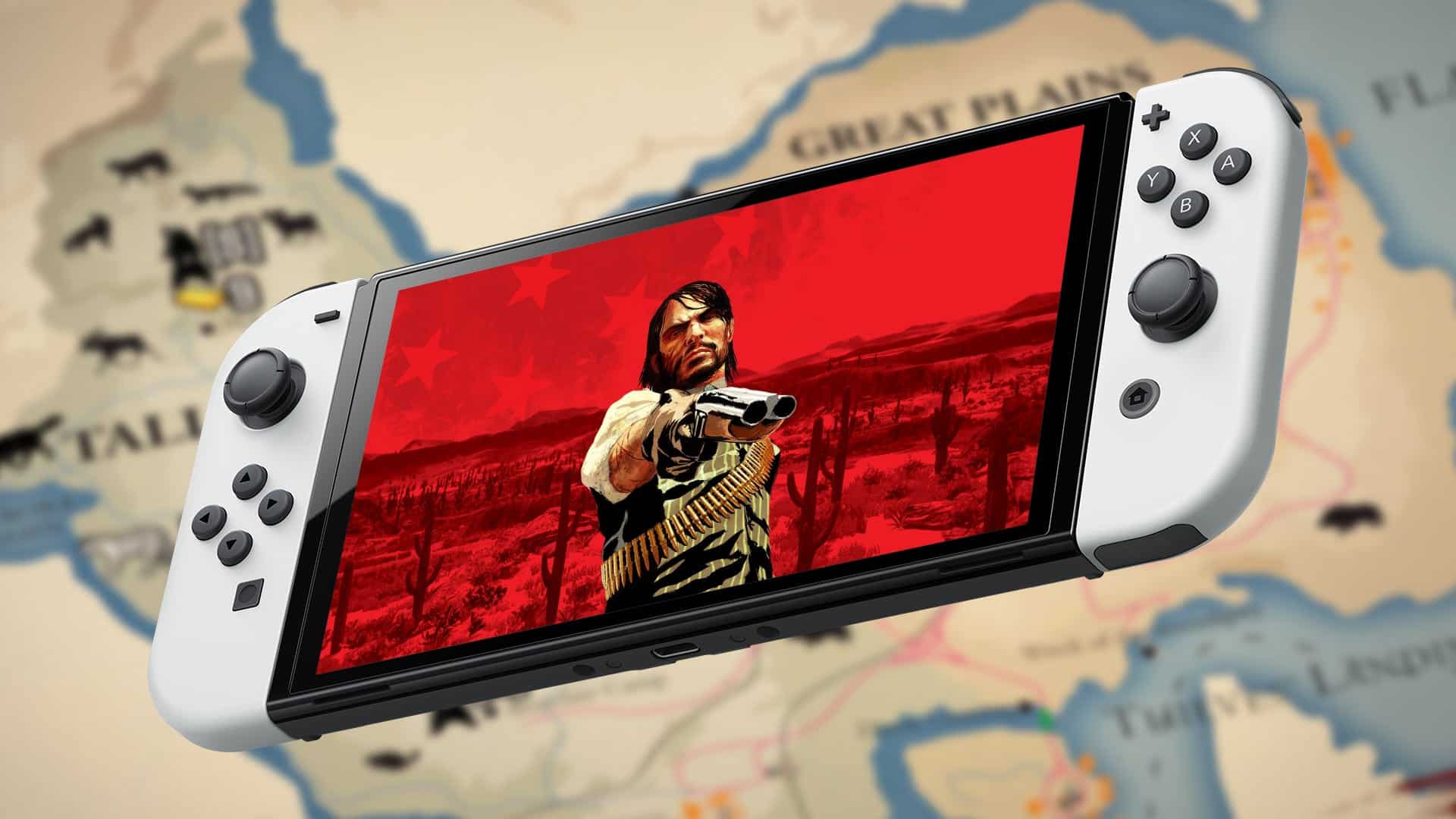
Summary:
The world of gaming pricing is a delicate dance between consumer value and strategic market positioning. Take-Two’s recent decision to price the Red Dead Redemption port for the Nintendo Switch at a premium has sparked discussions about the intricate web of factors influencing such choices. In this exploration, we delve into the depths of this decision-making process, analyzing the interplay between the demand for handheld gaming experiences, the value of portability, and the inclusion of Undead Nightmare. By understanding the dynamics that shape the pricing strategy, we shed light on the commercially accurate price point that seeks to resonate with both dedicated fans and newcomers to the Wild West saga.
Our analysis goes beyond the surface, providing insights into how gaming companies navigate the evolving landscape of gaming economics to deliver captivating experiences that transcend platforms.
Red Dead Redemption’s Pricing Strategy
In the dynamic landscape of gaming, pricing decisions play a pivotal role in shaping consumer perceptions and market competitiveness. Take-Two’s recent announcement regarding the pricing of the Red Dead Redemption port for the Nintendo Switch has ignited discussions about the rationale behind premium pricing for this revered title. Delving deeper into this matter reveals a careful interplay of factors that have contributed to this strategic decision.
Factors Influencing Pricing Decision
The surge in demand for handheld gaming experiences has created a thriving market for Nintendo Switch ports of popular titles. The allure of gaming on the go has prompted companies like Take-Two to tailor their pricing strategies to align with this trend. The value proposition of portable gaming extends beyond mere convenience; it speaks to a desire for immersive experiences that seamlessly transition from living room consoles to handheld devices.
Furthermore, the inclusion of Undead Nightmare, an expansion that garnered acclaim in its own right, adds a layer of complexity to the pricing equation. While some may question the relevance of this addition, it underscores Take-Two’s commitment to enhancing consumer value and diversifying gameplay experiences.
The Commercial Accuracy Dilemma
Comparing the pricing of the Red Dead Redemption port to its original releases on Xbox 360 and PlayStation 3 raises valid inquiries about commercial accuracy. In a market where gaming content is continually repackaged and optimized for new platforms, determining a justifiable price point becomes a nuanced endeavor.
Handheld gaming’s evolving landscape also calls for a reevaluation of established pricing norms. The demand for portable gameplay experiences has reshaped consumer expectations, influencing how gaming companies approach pricing strategies for new releases and ports alike.
Unveiling Consumer Value
The strategy of bundling the base game with Undead Nightmare introduces an attractive prospect for consumers. This combination not only delivers the core experience but also revives a beloved expansion, creating a comprehensive package that resonates with both new players and loyal fans. The standalone worth of Undead Nightmare further amplifies the appeal of this bundle, effectively elevating its perceived value.
The Interview Insights
In a recent interview with Strauss Zelnick, CEO of Take-Two, insights into the pricing decision were unveiled. Zelnick’s affirmation of the commercially accurate price point underscores the intricate balancing act between market trends, consumer expectations, and the perceived value of the gaming experience.
Redefining Price Justification
Undead Nightmare’s role as a standalone game during its initial release reinforces its value as part of the bundled offering. Zelnick’s assertion that the expansion was a noteworthy game in its own right underscores the strategic significance of this inclusion. This bundling approach not only introduces new players to an expanded universe but also caters to existing fans seeking a nostalgic journey.
Addressing Backwards Compatibility Concerns
Questions regarding the backward compatibility of the game on Xbox systems in relation to its pricing find resolution in Zelnick’s response. The unique value proposition of the Nintendo Switch port, with its handheld flexibility and bundled content, sets it apart from mere backward compatibility.
Conclusion
The intricacies of Take-Two’s pricing strategy for the Red Dead Redemption Nintendo Switch port highlight the evolving landscape of gaming economics. Balancing commercial accuracy with consumer value is an art that requires a deep understanding of market dynamics and player preferences. As gaming continues to transcend platforms and boundaries, pricing strategies will remain a focal point of discussion, shaping how players access and experience their favorite titles.
FAQs:
- Q1: Why did Take-Two price the Red Dead Redemption Switch port higher than previous releases?
- A1: Take-Two strategically priced the port to account for the demand for handheld gaming experiences and the bundled content’s enhanced value.
- Q2: How does Undead Nightmare impact the pricing of the Red Dead Redemption bundle?
- A2: Undead Nightmare’s standalone worth justifies its inclusion in the bundle, providing added value to consumers.
- Q3: Does the inclusion of Undead Nightmare affect the overall gameplay experience?
- A3: Undead Nightmare enriches the gameplay experience by offering a distinct narrative and gameplay elements.
- Q4: Will the Switch port be backward compatible with Xbox systems?
- A4: The Nintendo Switch port’s value lies in its portable gaming flexibility and bundled content, setting it apart from backward compatibility.
- Q5: How does handheld gaming demand influence pricing decisions?
- A5: Handheld gaming’s rising demand prompts pricing strategies that align with players’ desire for immersive experiences on portable devices.













